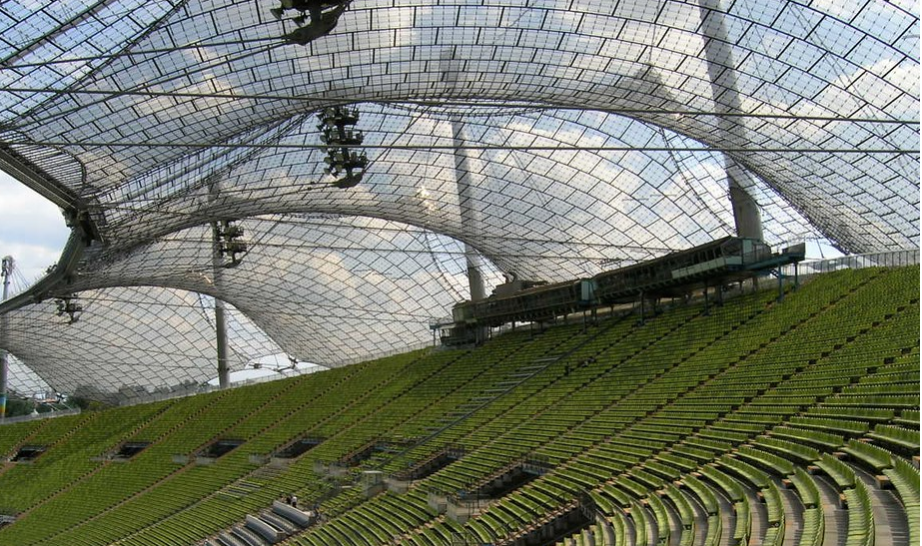A cable is a flexible structural component that offers no resistance when compressed or bent in a curved shape. Technically we can say cable has zero bending rigidity. It can only support tensile loading. Cables are often used in engineering structures for support and to transmit load from one point to another when used to support suspension roofs, bridges and trolley wheels, cables form the main load-carrying element in the structure.
In analysis of cables the weight of itself cable is rejected. We assume that cable is flexible and inextensible. Due to its flexibility, cables offers no resistance to shear or bending.
Being inextensible the cable has constant length before and after the load is applied. As a result, once the load is applied, the geometry of cable remains fixed.
The easiest structure type to think is a tension structure to resist only tensile force and of these, the simplest are those which sustain only unidirectional tension as represented by a cable or thin rod.

